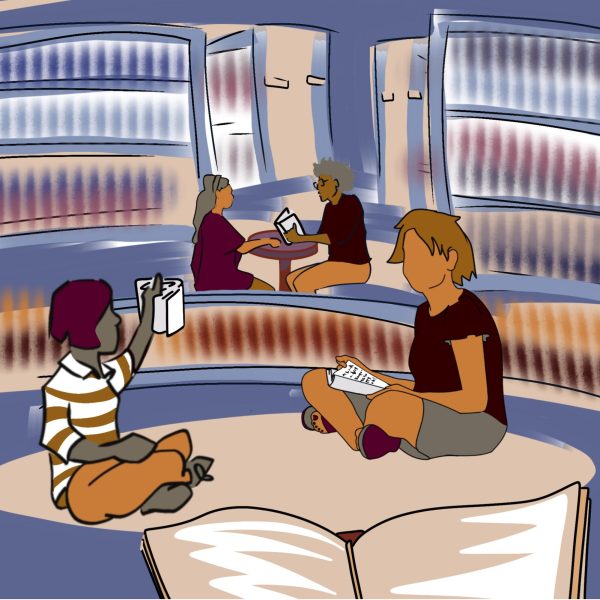A better learning experience for everyone
March 24, 2010
By the time a Kent State student graduates, it’s almost guaranteed they’ve gone through a large lecture hall-sized class. But whether students passed or learned anything from these lecture classes may be questionable.
There are many reasons why students have a hard time learning in classes with 100-plus students: It’s hard to ask questions, grades are normally based on two or three multiple-choice exams that give students few opportunities to boost their grades and there’s often no motivation for students to come to class.
But Kent State is currently funding experiments to facilitate active learning in large courses. With a campus this large, it’s hard to avoid these large classes from both a student and university perspective, and it’s a good thing that Kent State is trying to find better ways to engage students in these classes.
This past fall, the university began requiring incoming freshmen to buy clickers, which allow students in large lecture classes to “buzz in” their response to a professor’s question. The clicker is linked to a student’s name, and some professors use it as a way to gauge class participation in lecture classes. Others use it as simply a way to get students engaged in class discussion.
While this is a start, the clickers are also a bit pricey for students to buy, and we hope this isn’t the only step professors decide to take.
Associate provost Stephane Booth has mentioned breakout sessions for lecture hall-sized courses as another option. These breakout sessions are made up of smaller groups of students in lecture classes and often are led by graduate students.
Some lecture classes already have these sessions, but it’s a good idea that could be implemented more across the university. These sessions are a great opportunity for class discussions and presentations that aren’t possible in classes with hundreds of students.
But there are options out there that haven’t yet been explored. Professors should use their expertise, both in their field of study and education, to develop even more ideas that can engage students in large lecture classes.
In funding these experiments, we hope the university encourages professors to draw from their experience in teaching small classes and bring that to the larger lecture classes they teach.
This is a worthwhile investment that the university is making. We only hope professors do not limit themselves and that those participating in the experiments remain fully committed to making the lecture class experience better for the student. Give them a reason to go to class, a chance to boost their grades outside of tests and a way to be engaged, no matter how many people are sitting in the room.
The above editorial is the consensus opinion of the Daily Kent Stater editorial board.
























